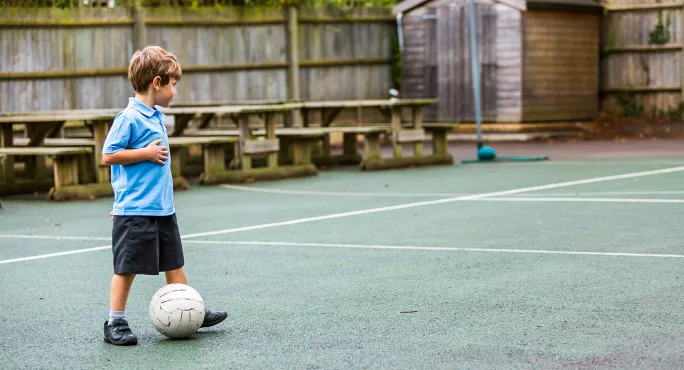The pupil population decline is set to impact both primary and secondary schools sooner and harder than expected, potentially leading to more school closures.
Last year, modelling suggested there would be 7,779,000 pupils by 2028, but the latest suggests it will be 7,694,000 - 85,000 fewer pupils than the previous projection.
Overall, this means there is now expected to be almost 400,000 fewer pupils in the system by 2030, made up of 300,000 fewer primary pupils and 97,000 fewer secondary students.
Secondary decline arrives sooner than expected
The DfE has said that these figures mean the peak high points for pupils have effectively been reached for both phases now, a contrast to before, when secondary was expected to peak in around 2027.
ÔÇťSecondary school population is likely to have plateaued between 2024 and 2025, will remain at a similar level until 2026, and is then projected to start declining slowly,ÔÇŁ it says.
ÔÇťThis is two years earlier than the peak projected last year but may be subject to change if pupil numbers bounce back, fluctuate, or plateau for a few years.ÔÇŁ
Specifically, in secondary schools, there will now be an expected 3,233,000 students in schools in 2026, just 1,000 more than 2025, before it falls by 7,000 in 2027, another 18,000 in 2028 and then by 37,000 and 36,000 in 2029 and 2030, respectively.
Meanwhile, in primary, the drops are now projected to be even more drastic:
- 2026: down by 50,000.
- 2027: down by 57,000.
- 2028: down by 80,000.
- 2029: down by 65,000.
- 2030: down by 48,000.
These figures are all lower than previous projections and mean the overall primary population is expected to be 4,205,000 by 2030, down from 4,505,000 now.
New funding models needed
Commenting on the figures, Paul Whiteman, general secretary of the NAHT school leadersÔÇÖ union, said, given that school budgets are directly related to per-pupil funding, it is clear the government will need to find new ways to protect smaller schools.
ÔÇťIt will be vital that the DfE protects schools that are particularly affected by this as it has a disproportionate impact on budgets, particularly for small schools,ÔÇŁ he added.
ÔÇťRather than reducing funding, we would urge the government to continue to invest in schools, allowing them to maintain existing staffing levels.ÔÇŁ
He said this would help reduce ÔÇťunsustainable levels of workload that are fuelling a recruitment and retention crisisÔÇŁ and allow some schools to offer smaller classes and more targeted help for certain pupils.
It should be noted, as Tes analysed earlier this year, that the impact may be felt differently across regions in England, so some schools may not notice the decline as starkly as others.
Nonetheless, the sector has been bracing for this for some time, with school closures happening in some areas, while others have tried to merge, including at trust level, to provide more financial stability as they expect to receive fewer pupils.
You can now get the UKÔÇÖs most-trusted source of education news in a mobile app. Get Tes magazine on and on





